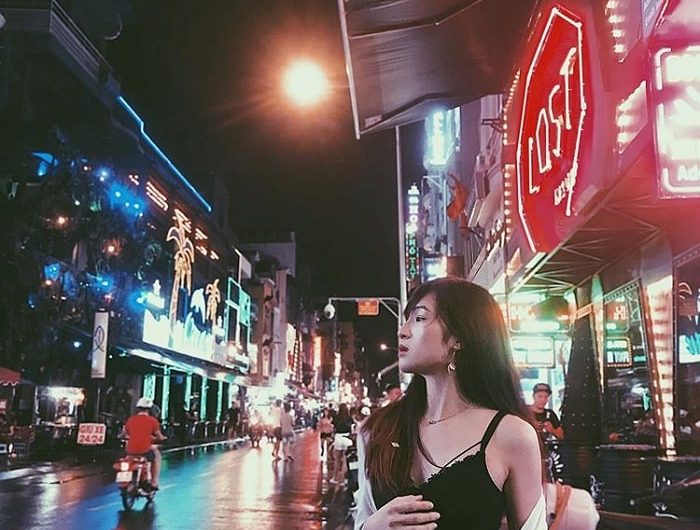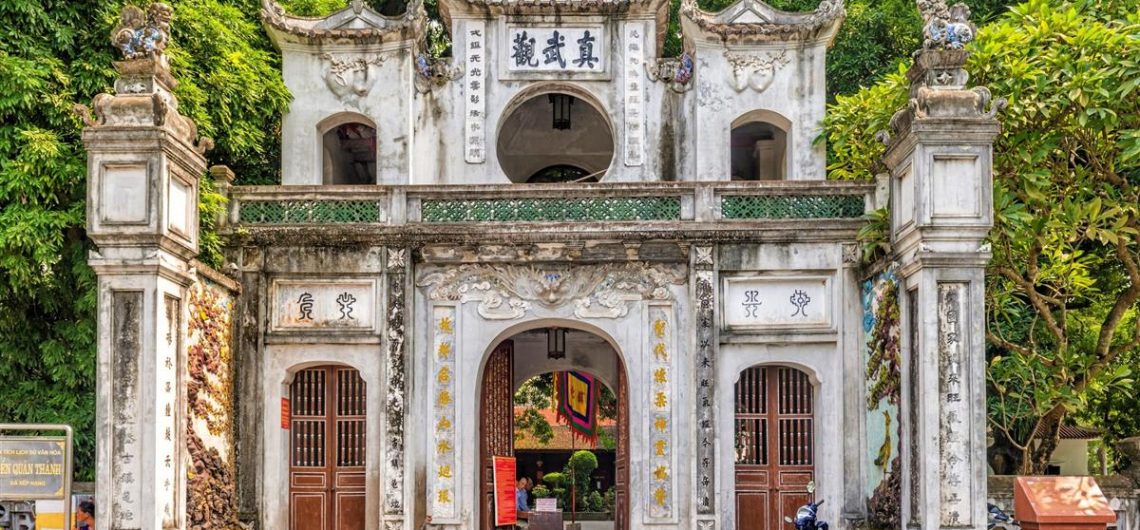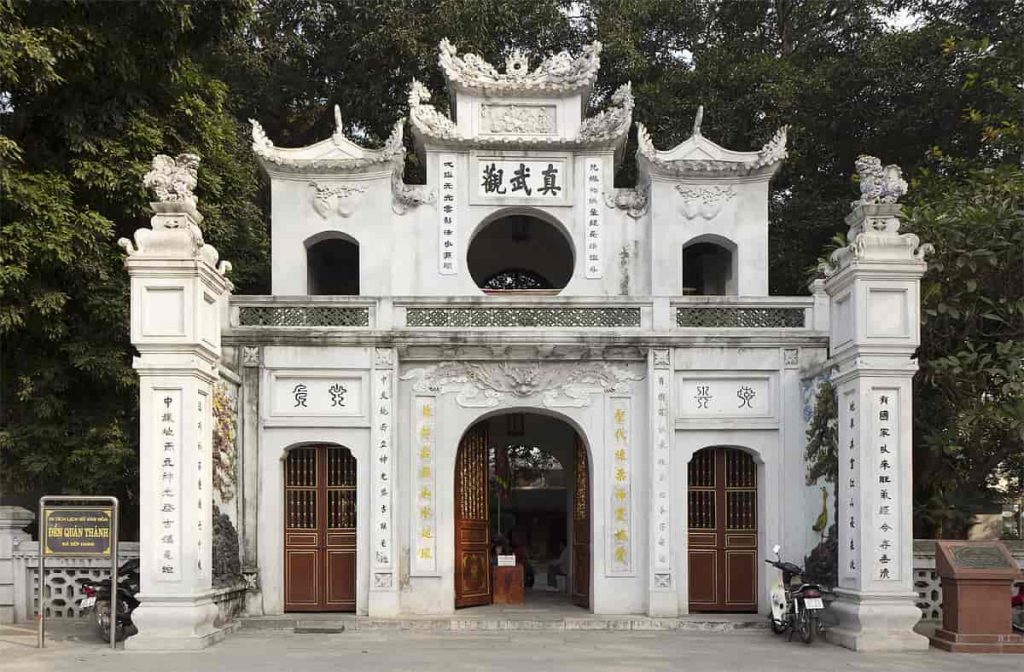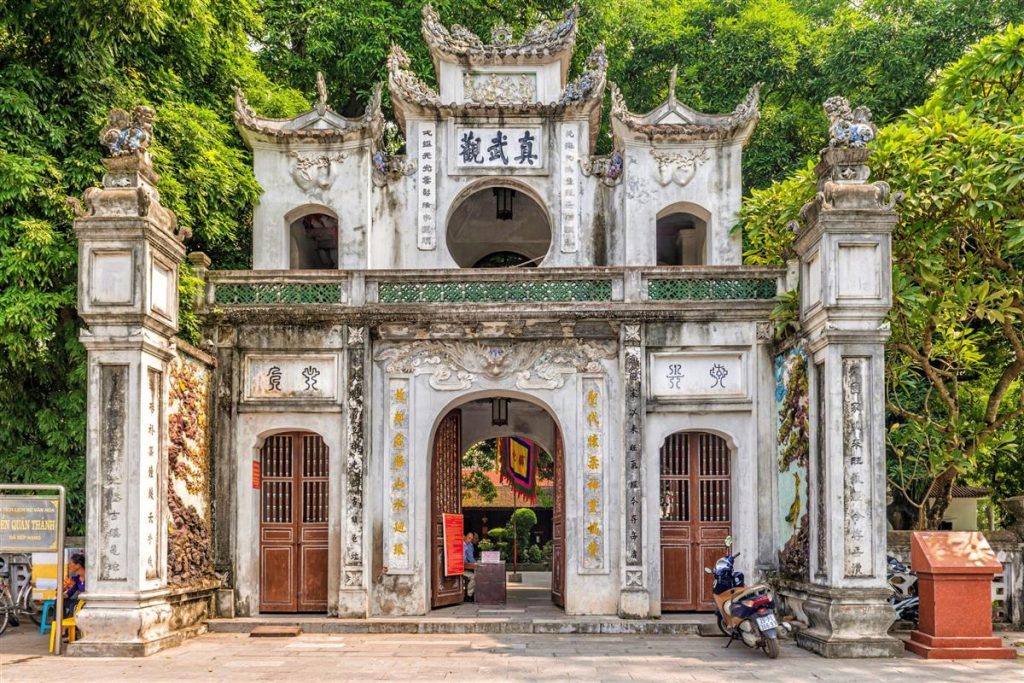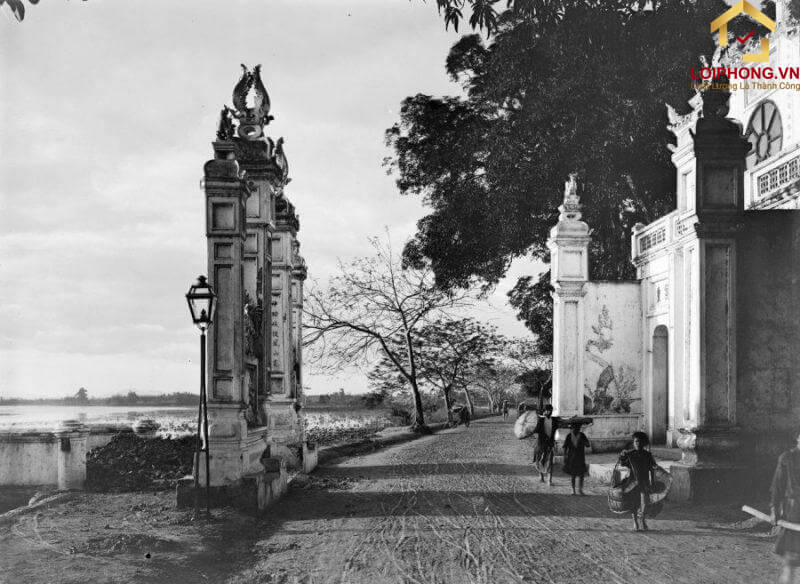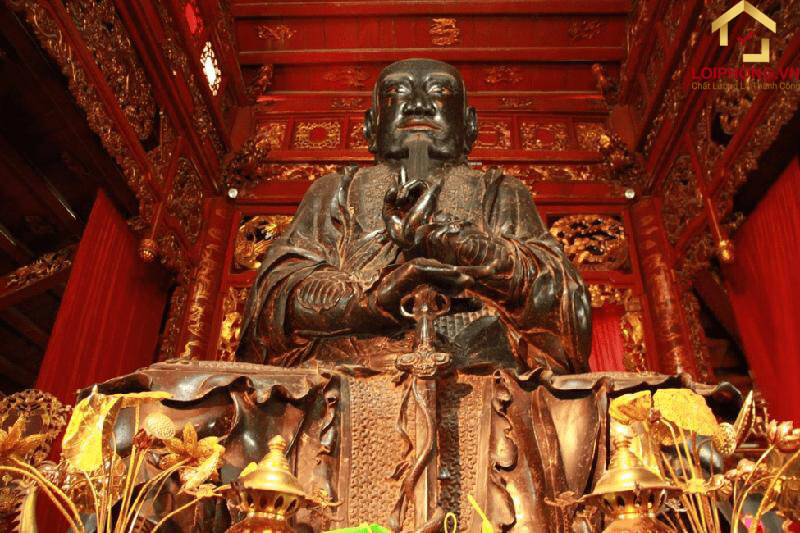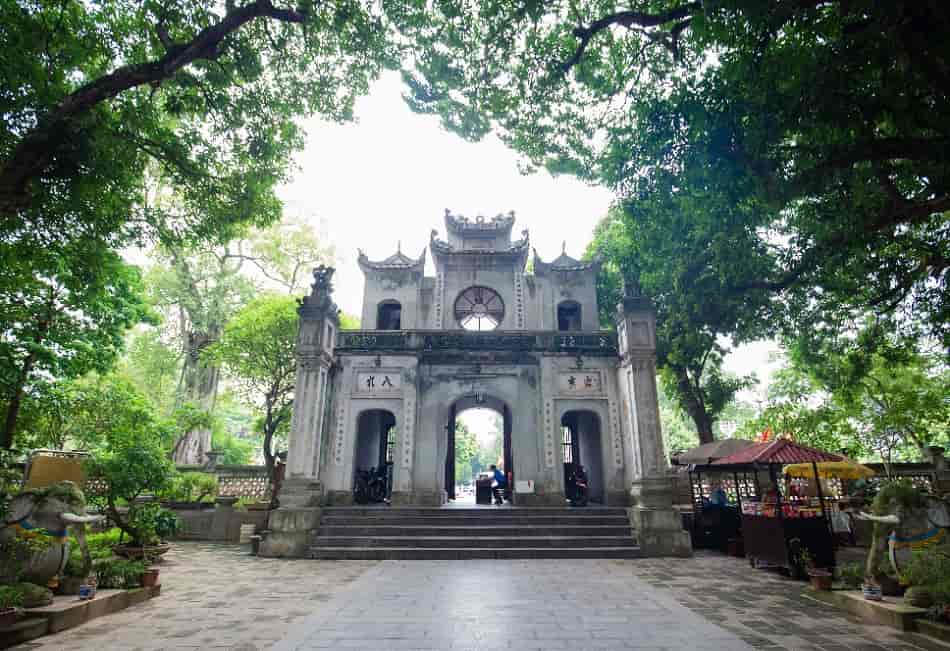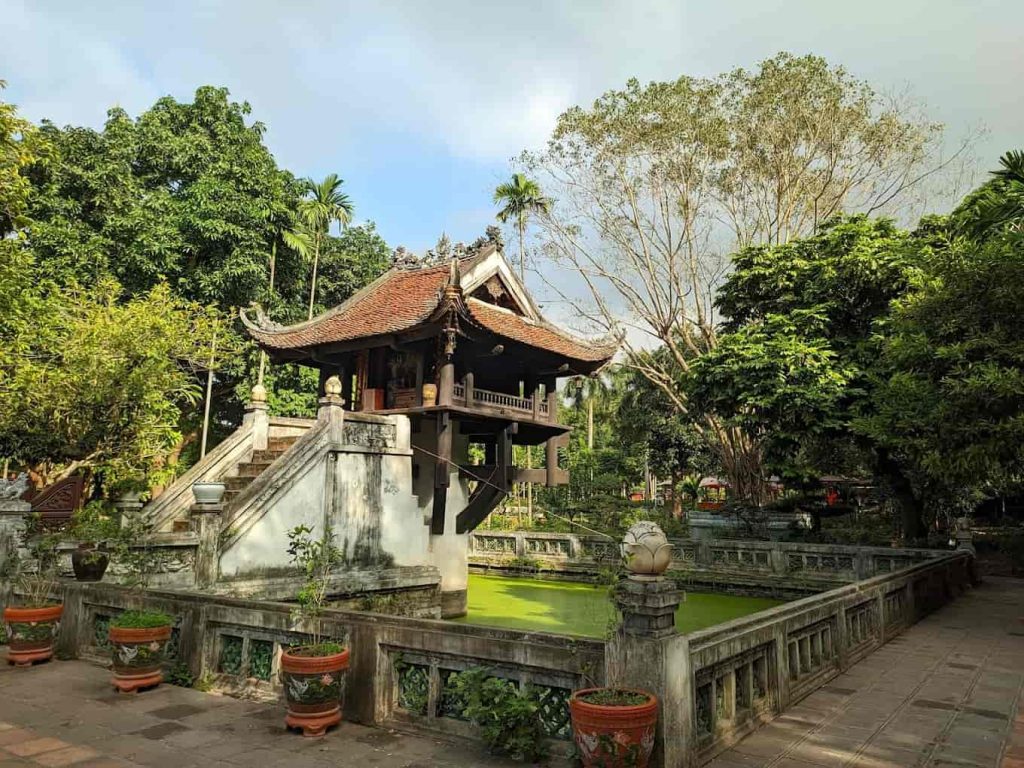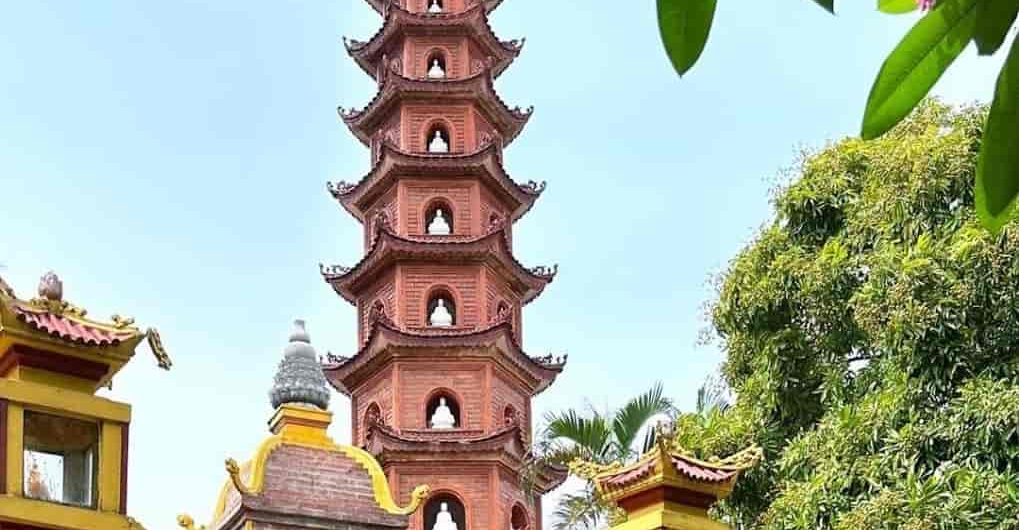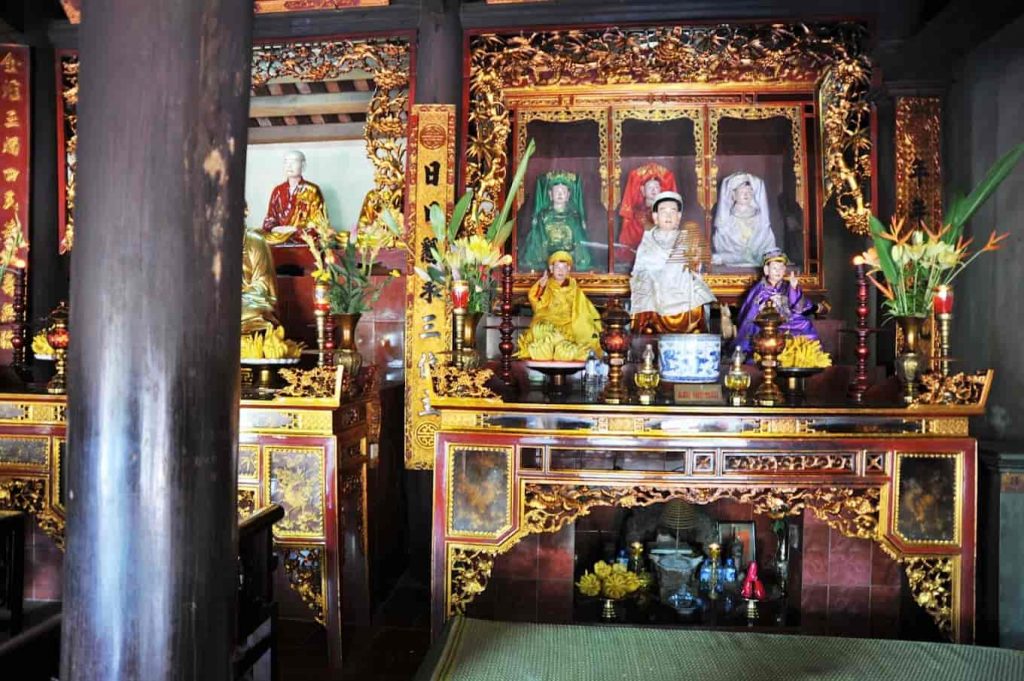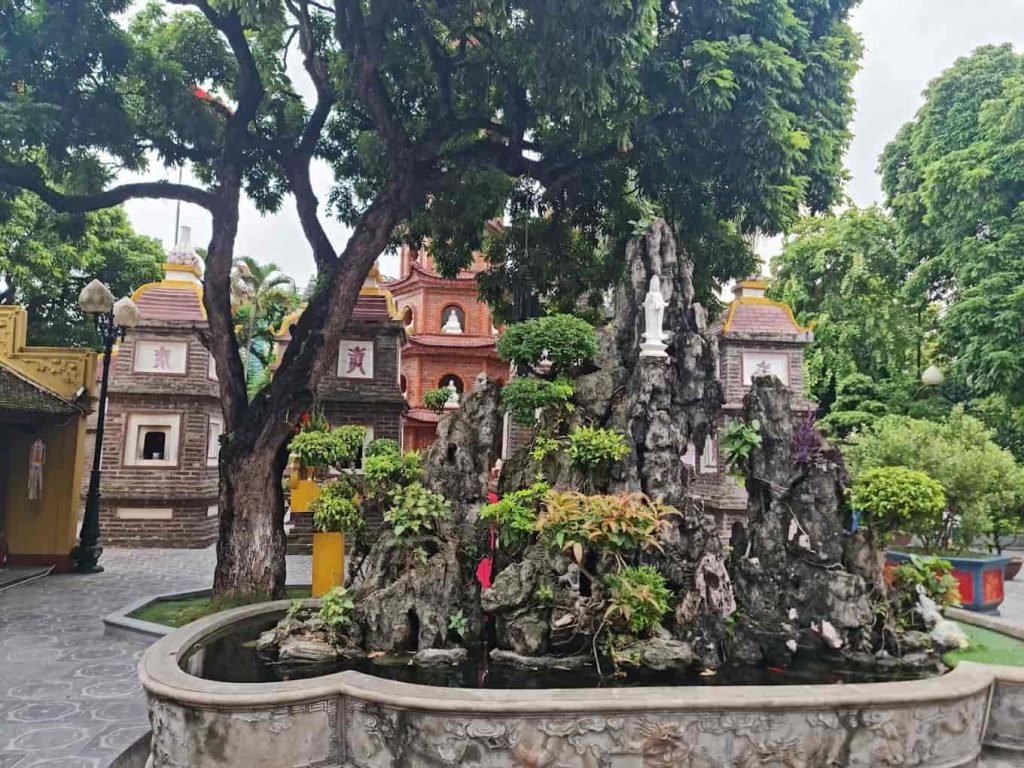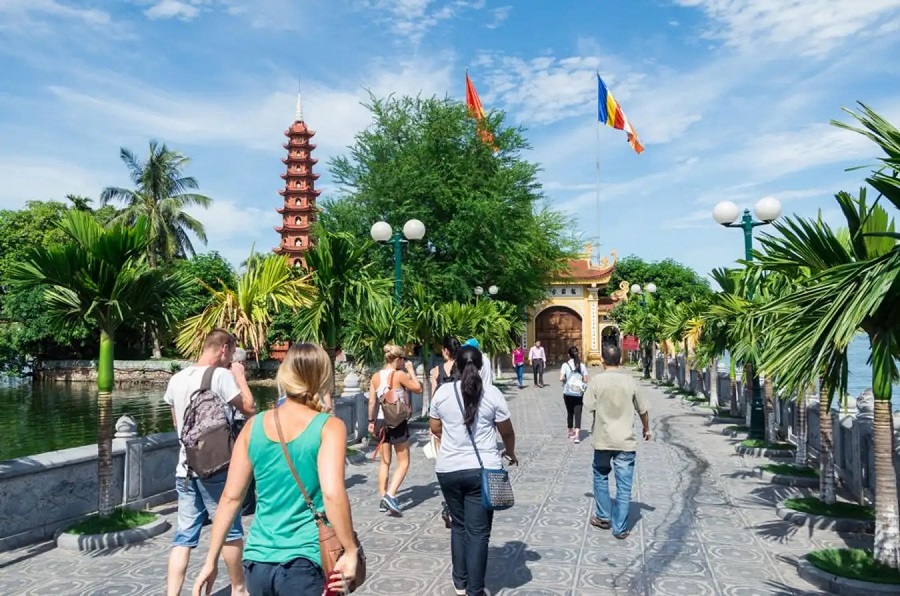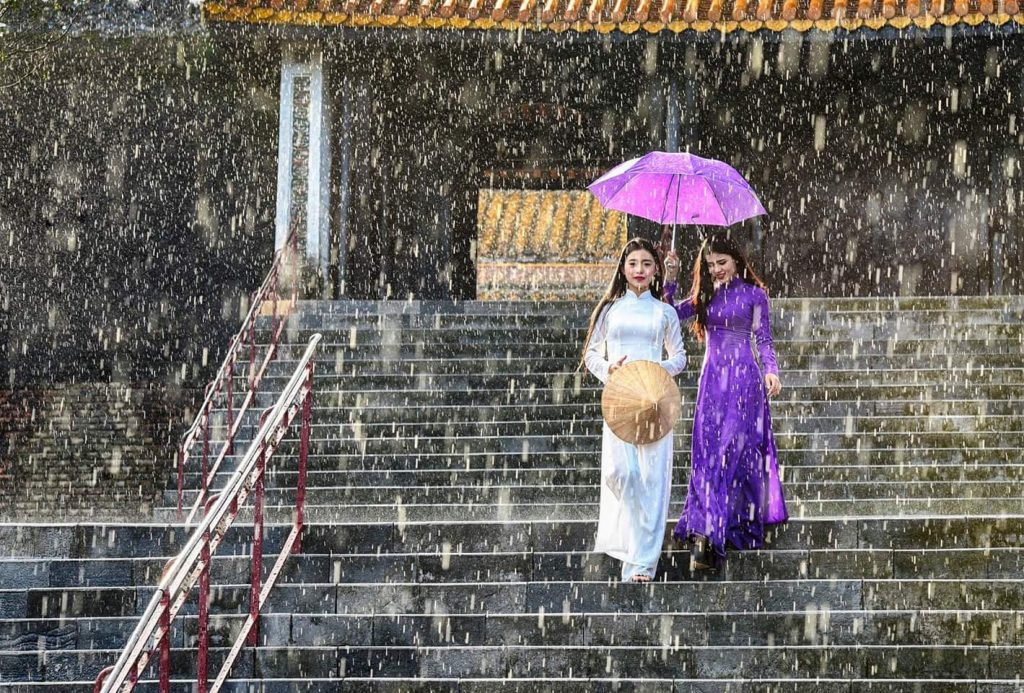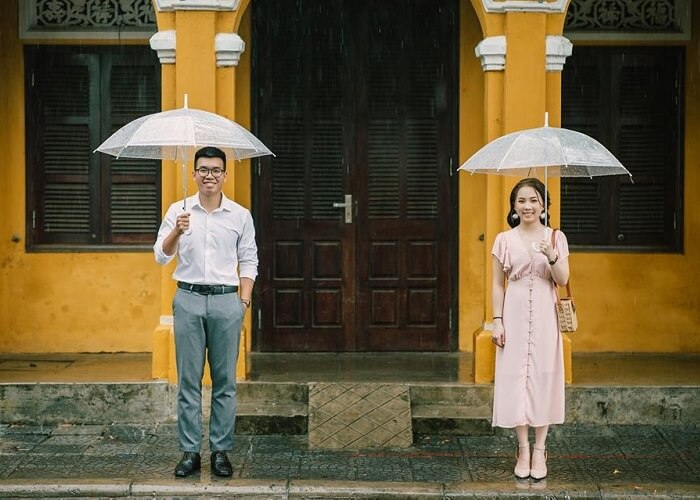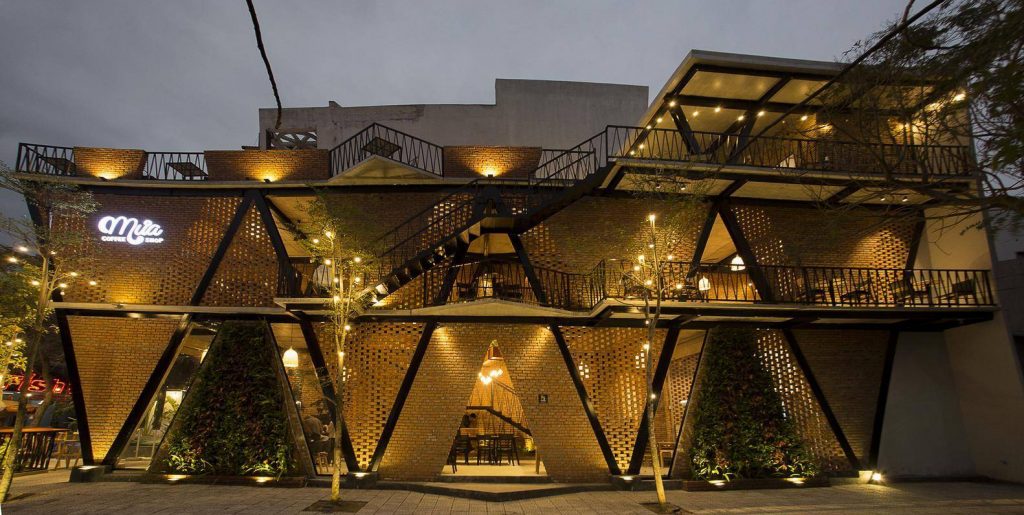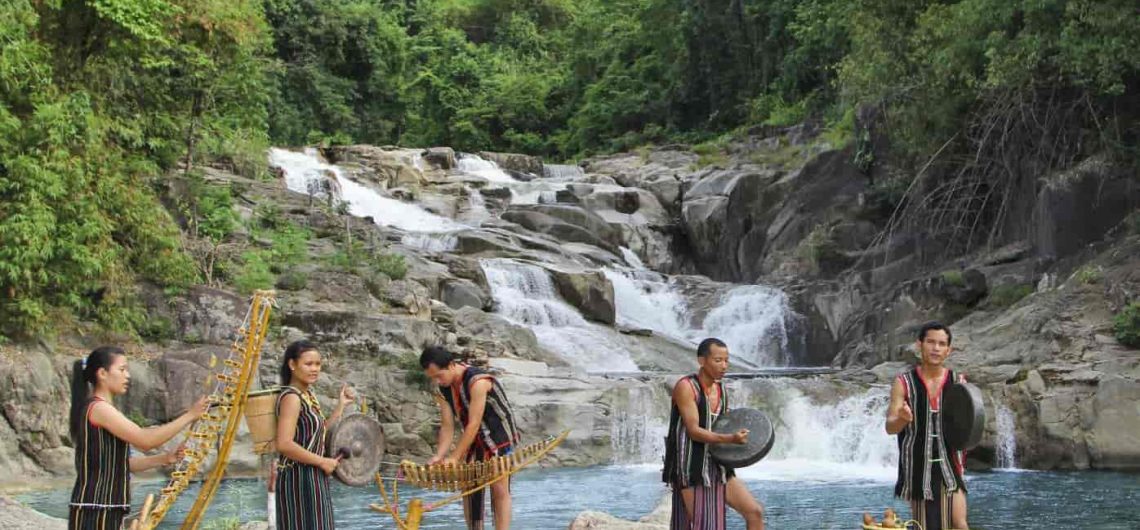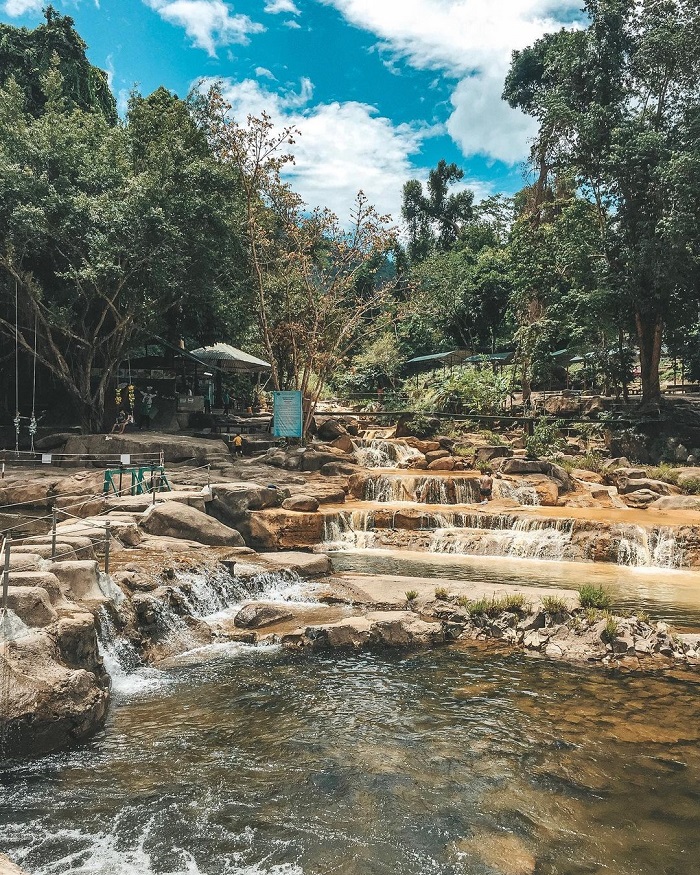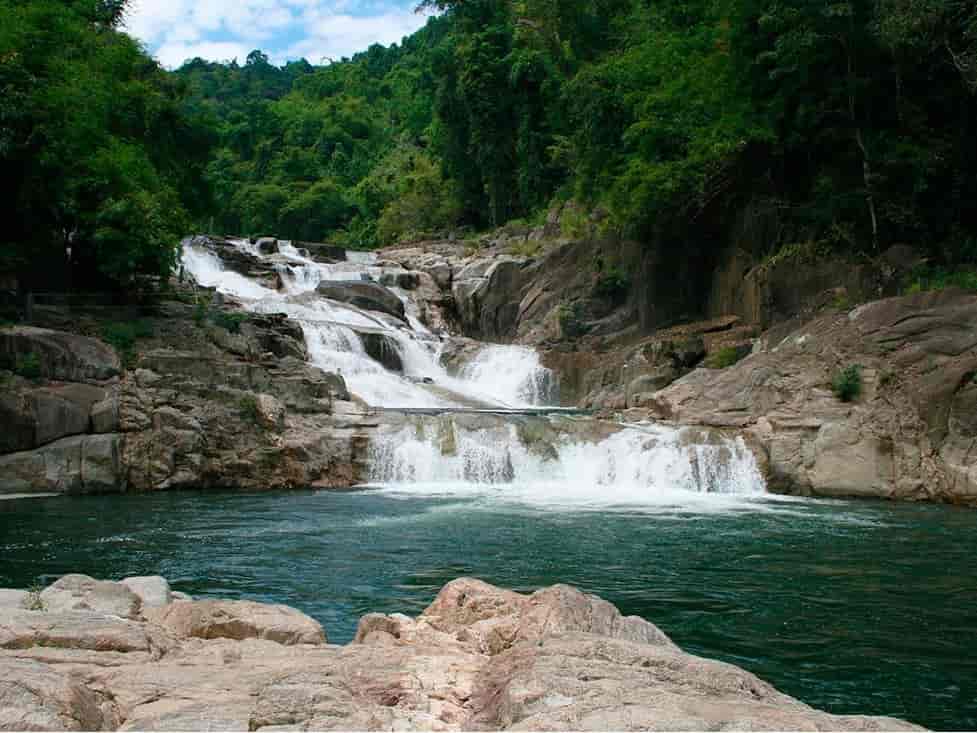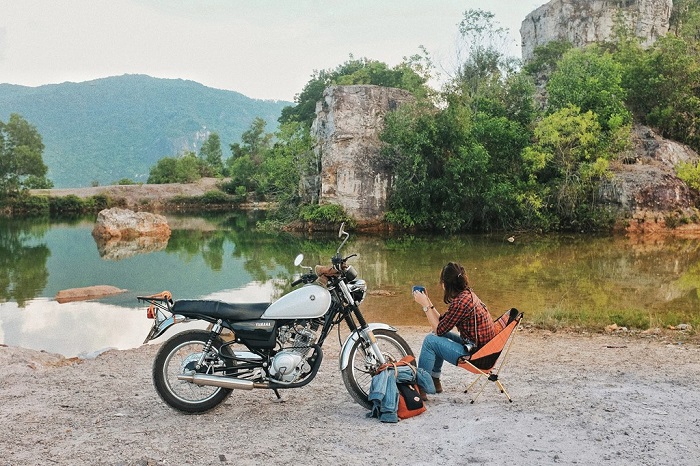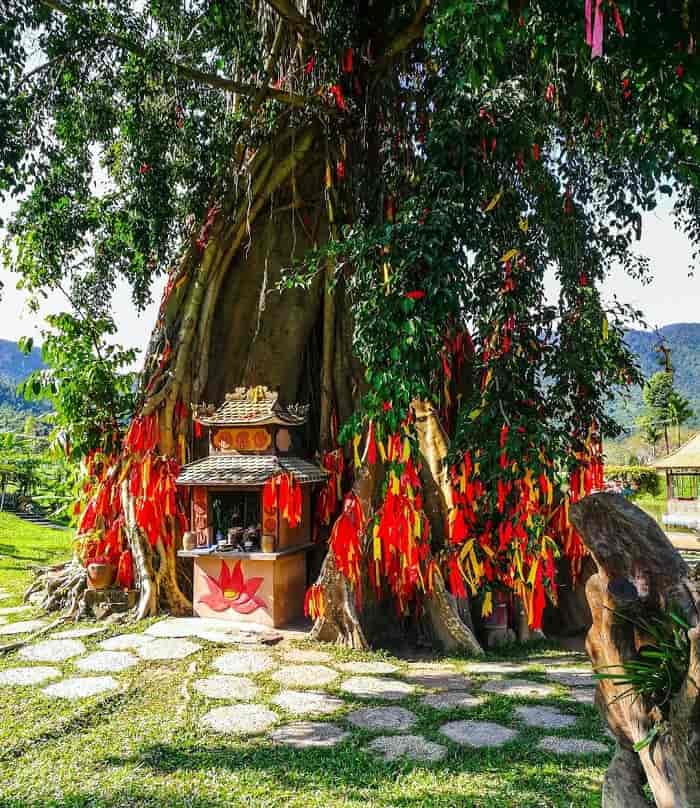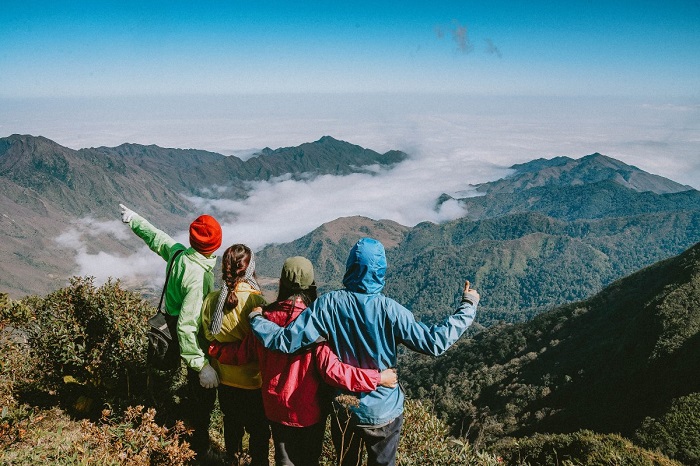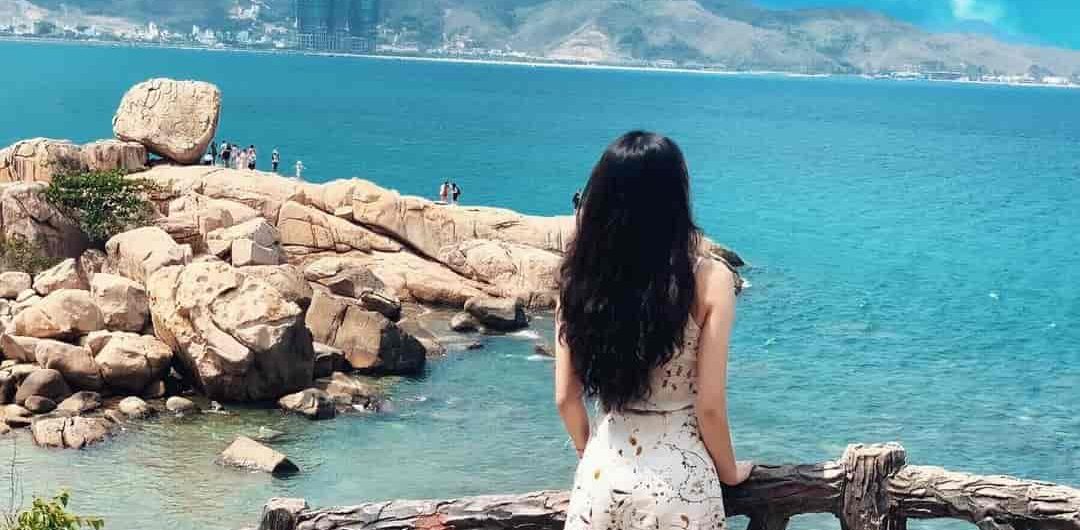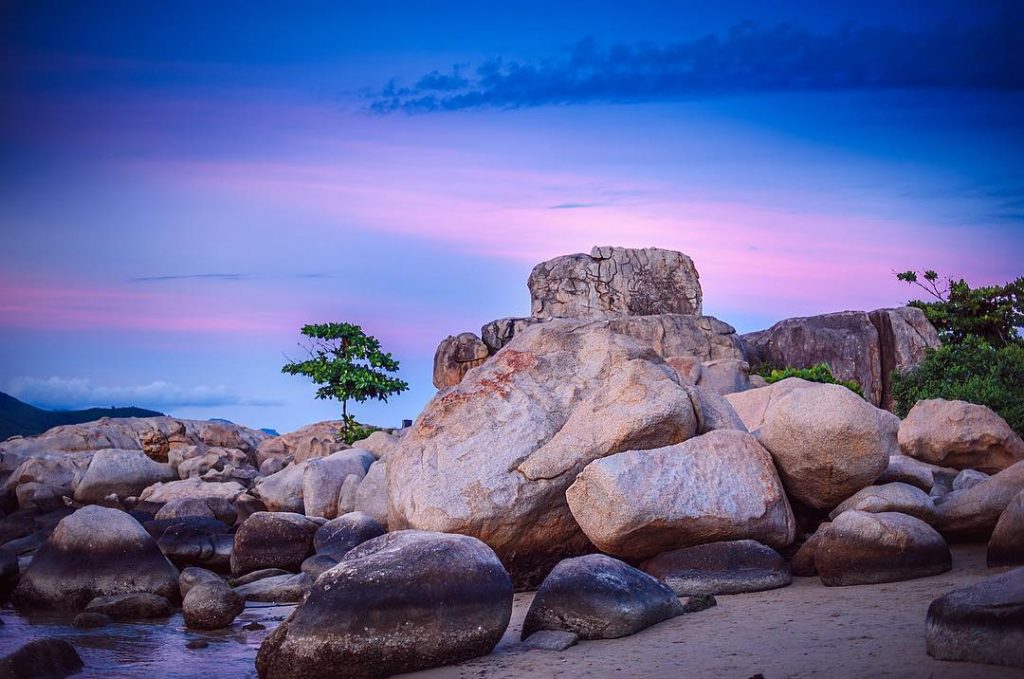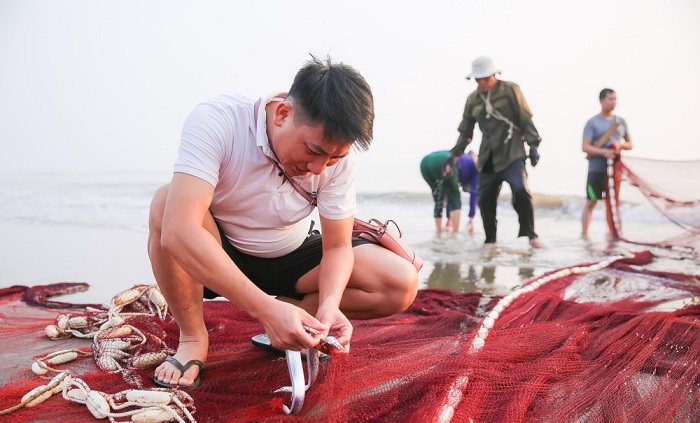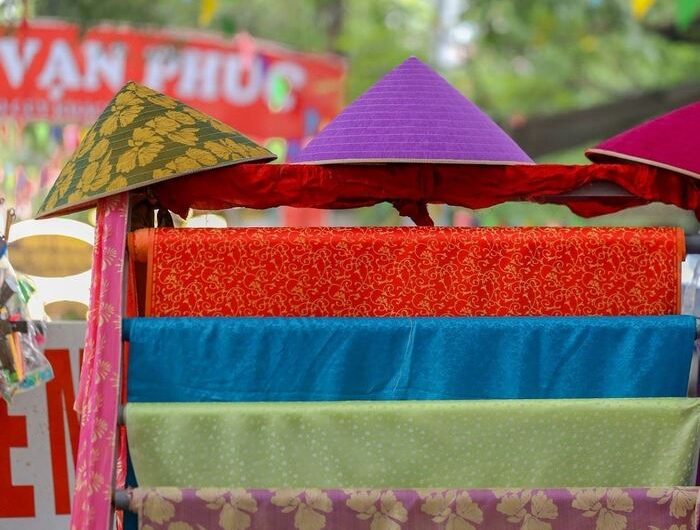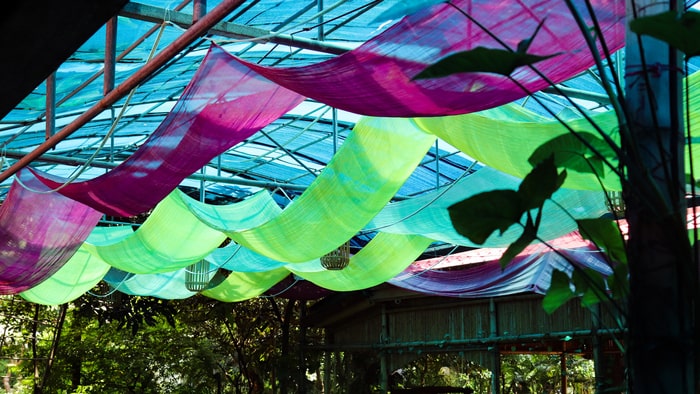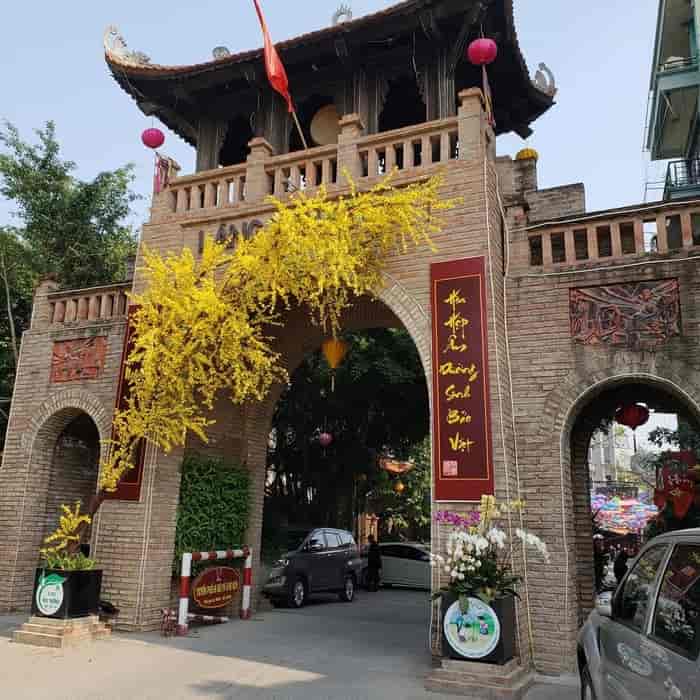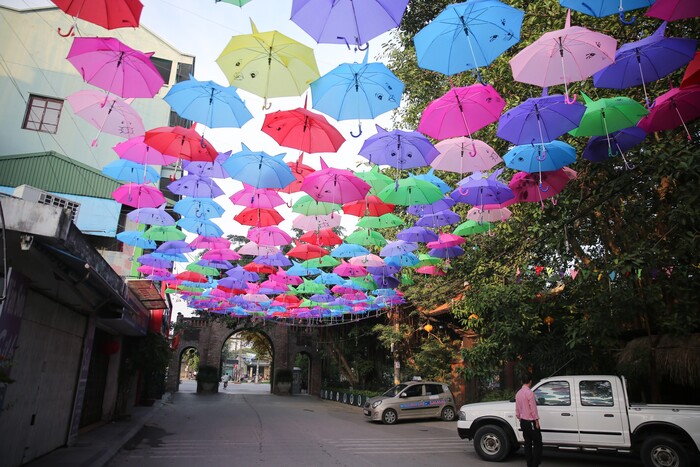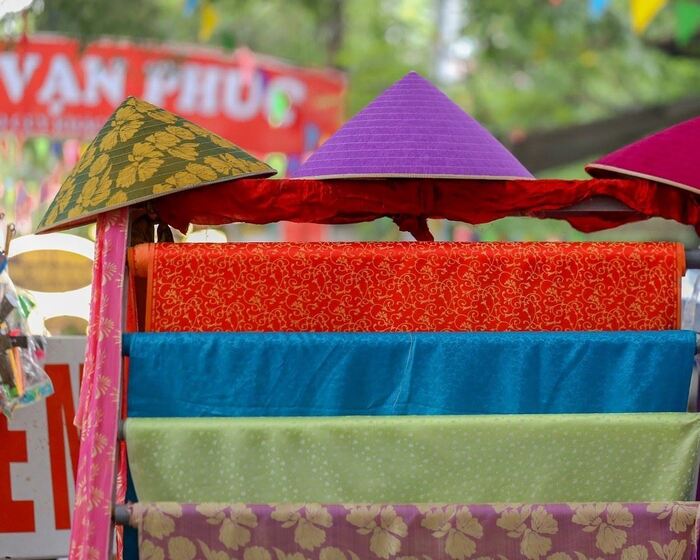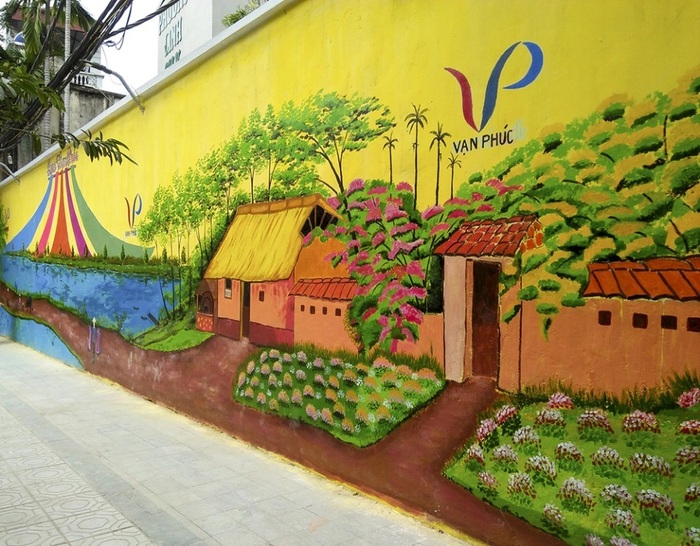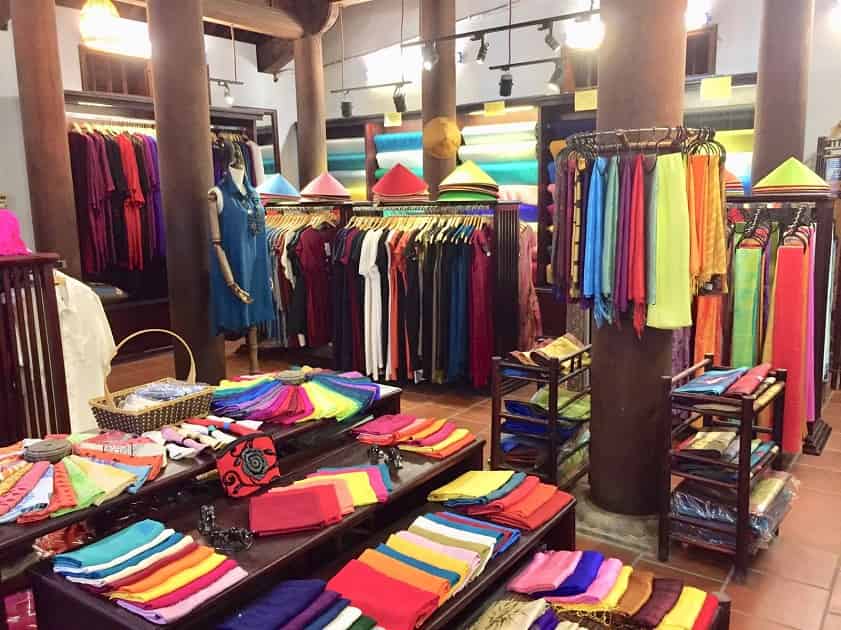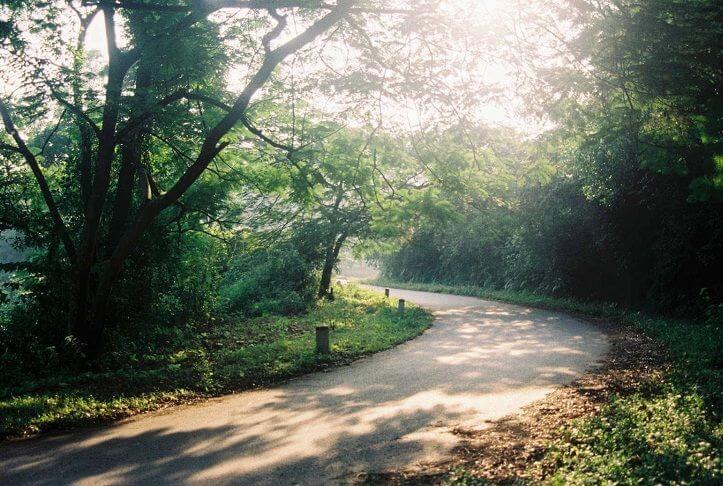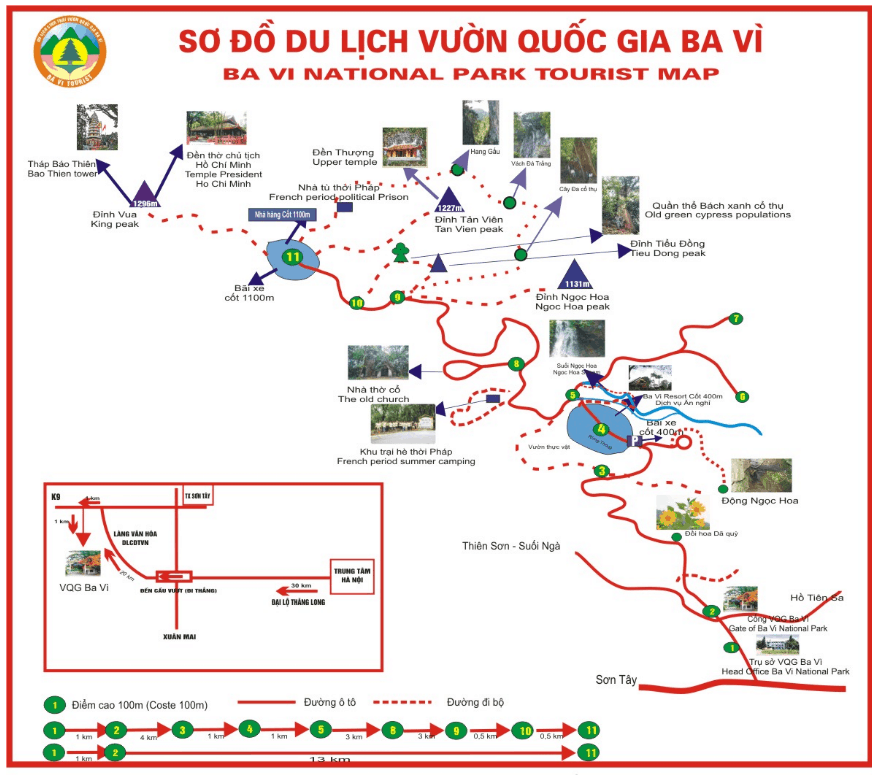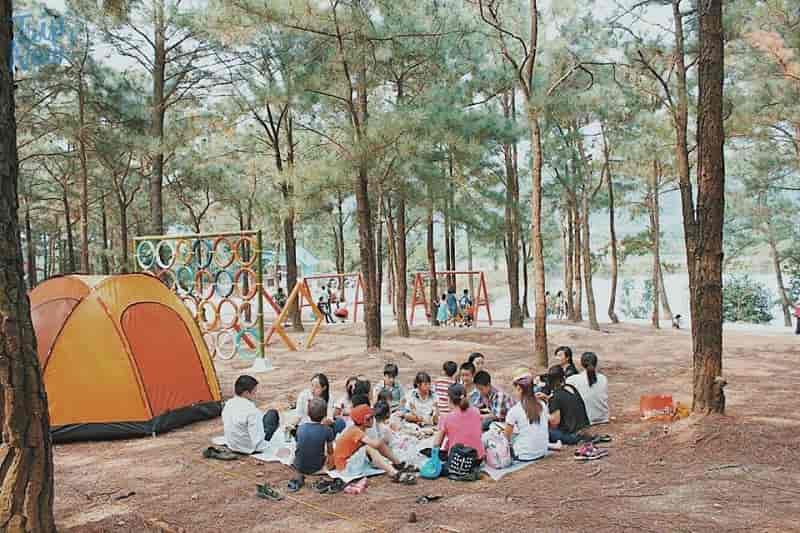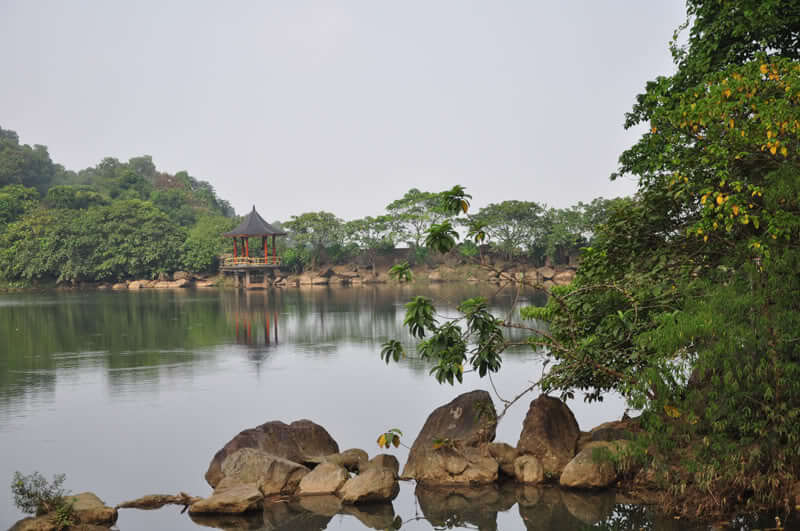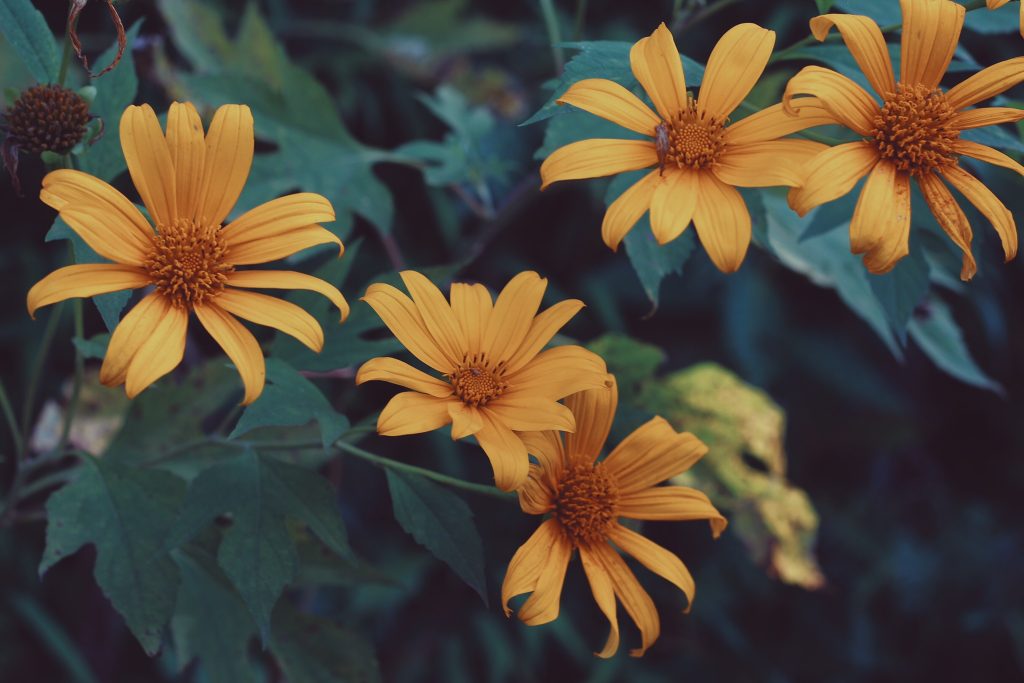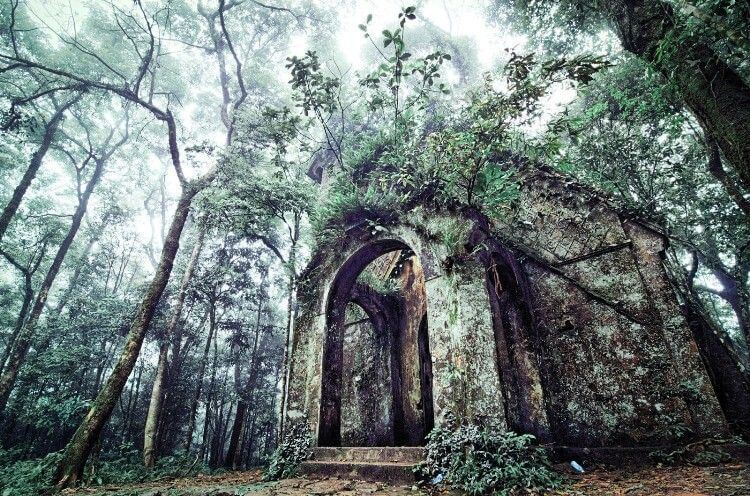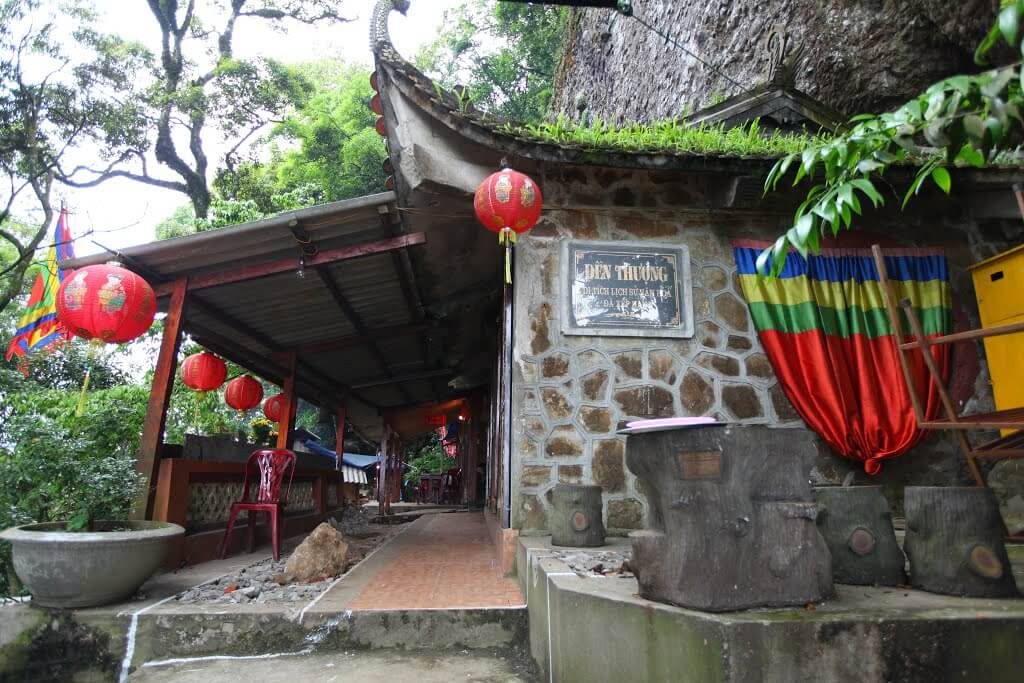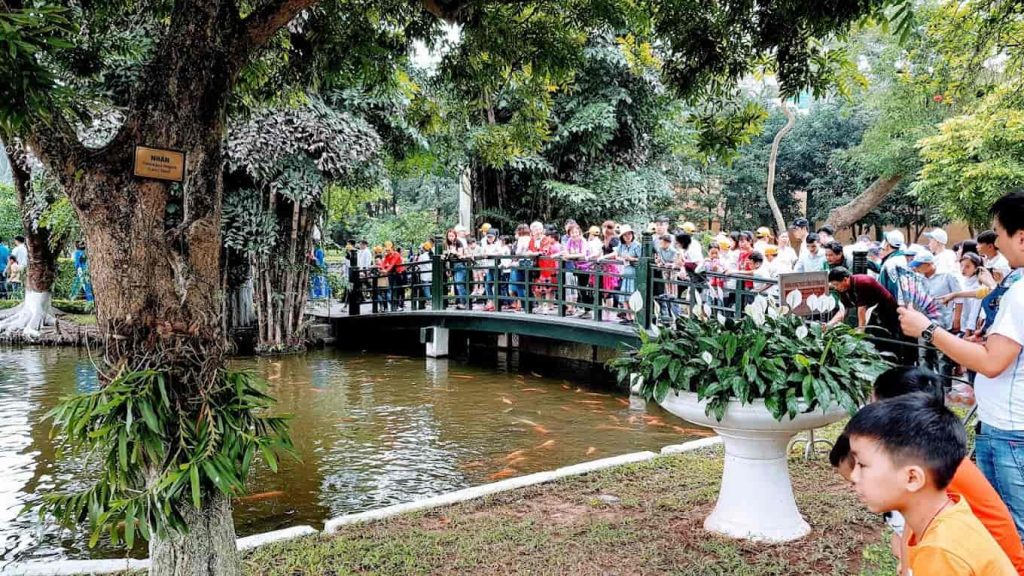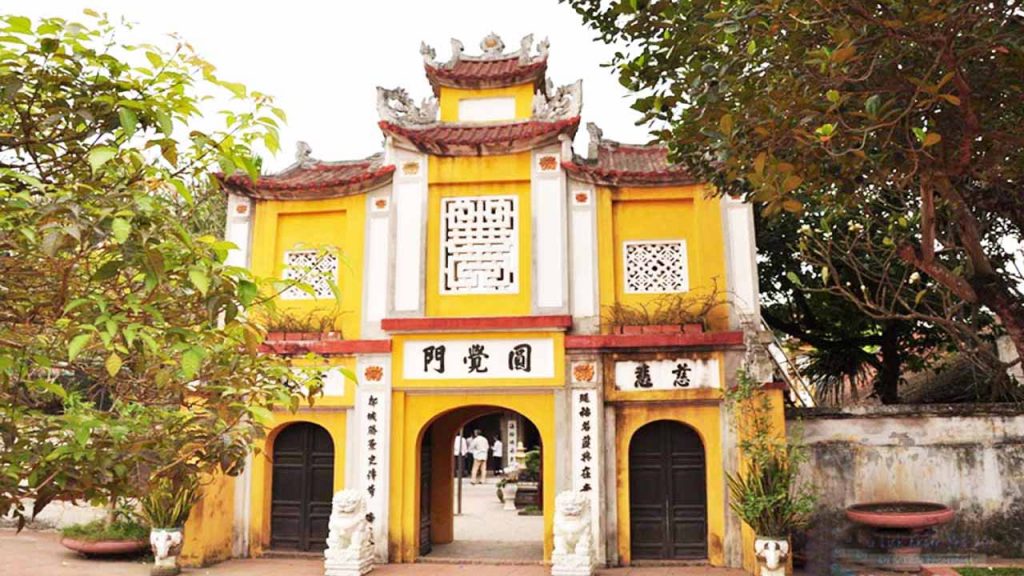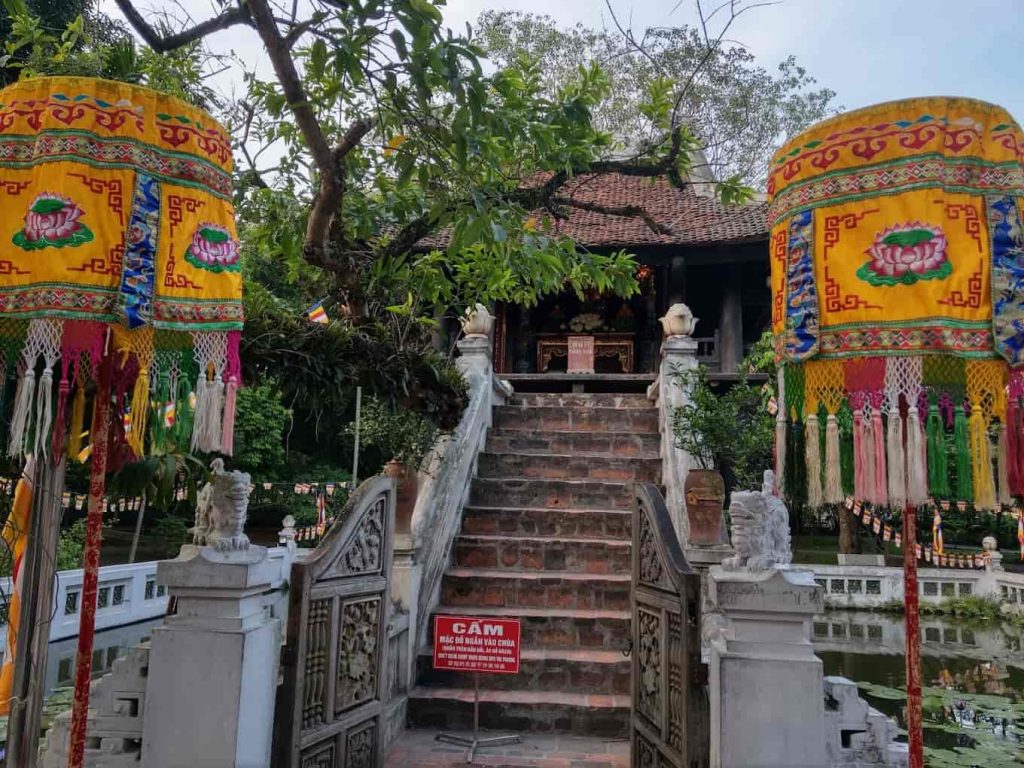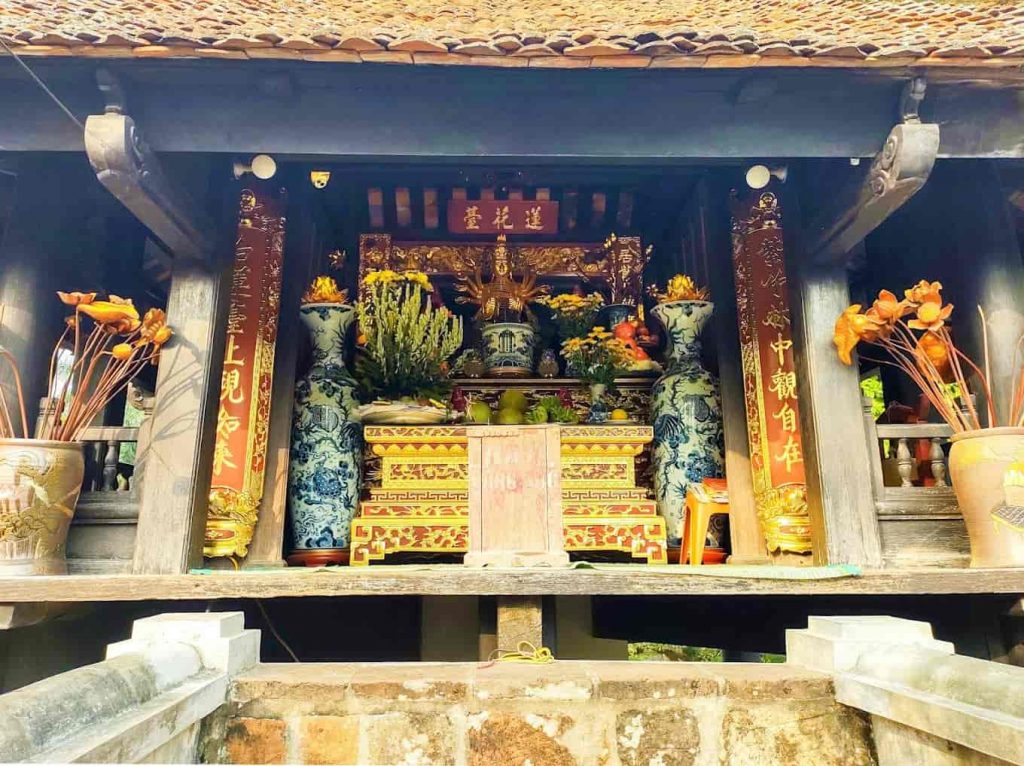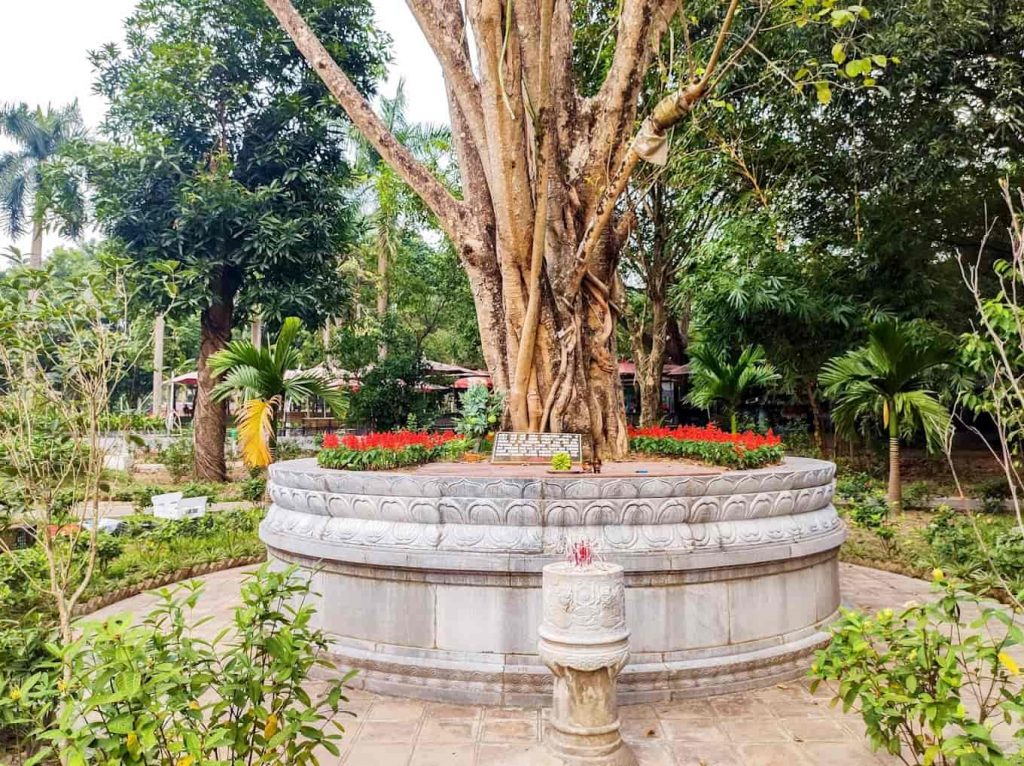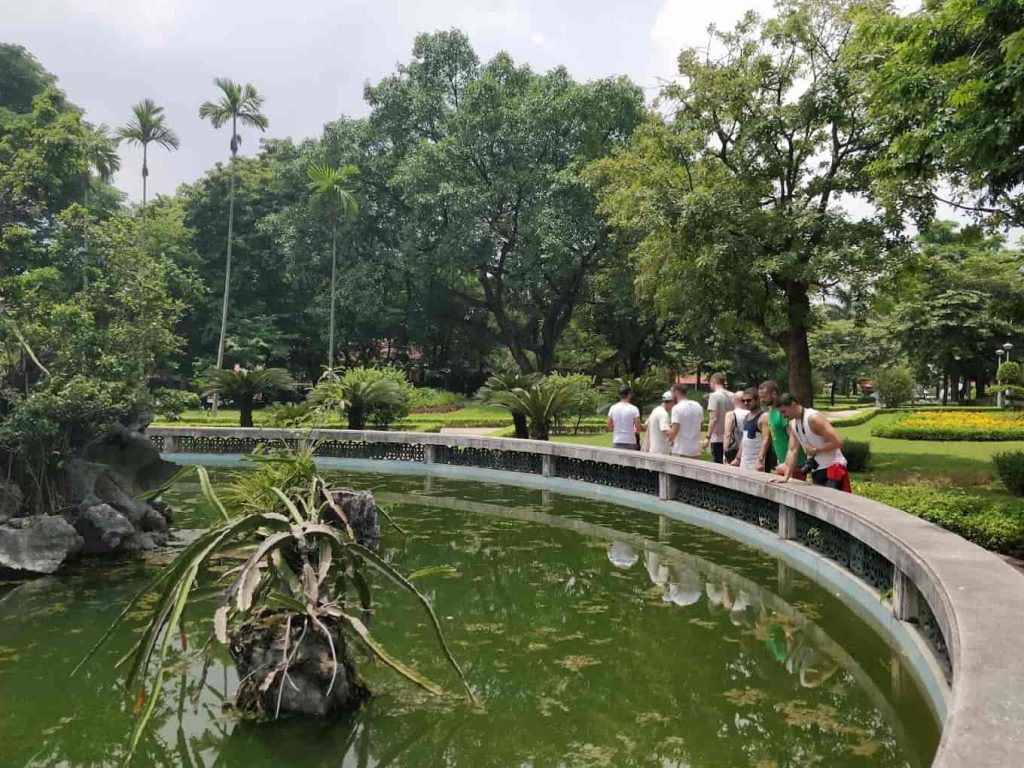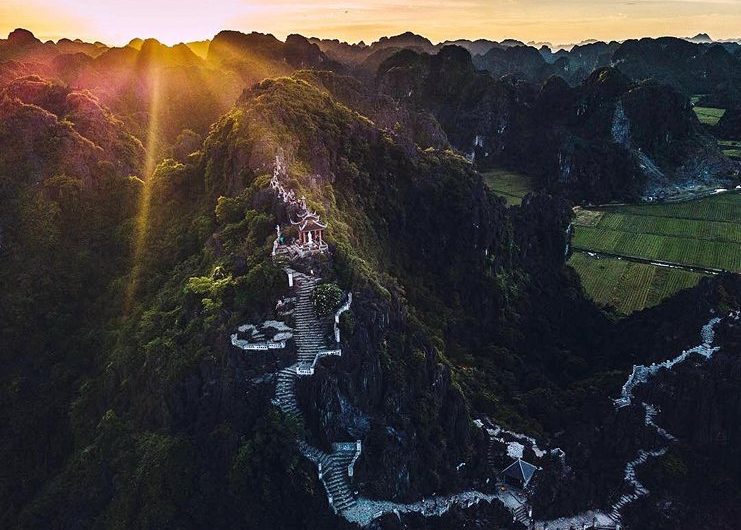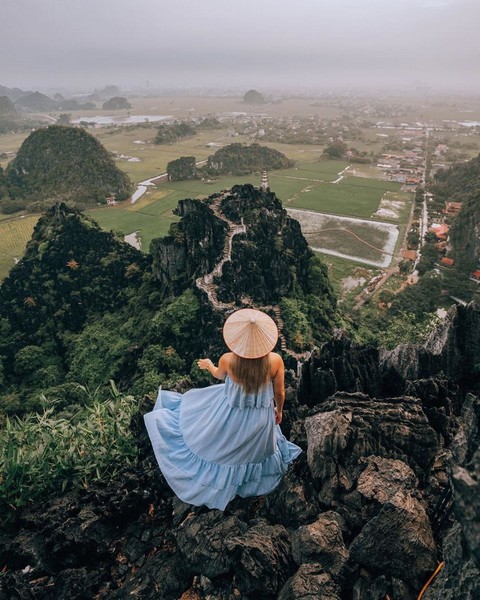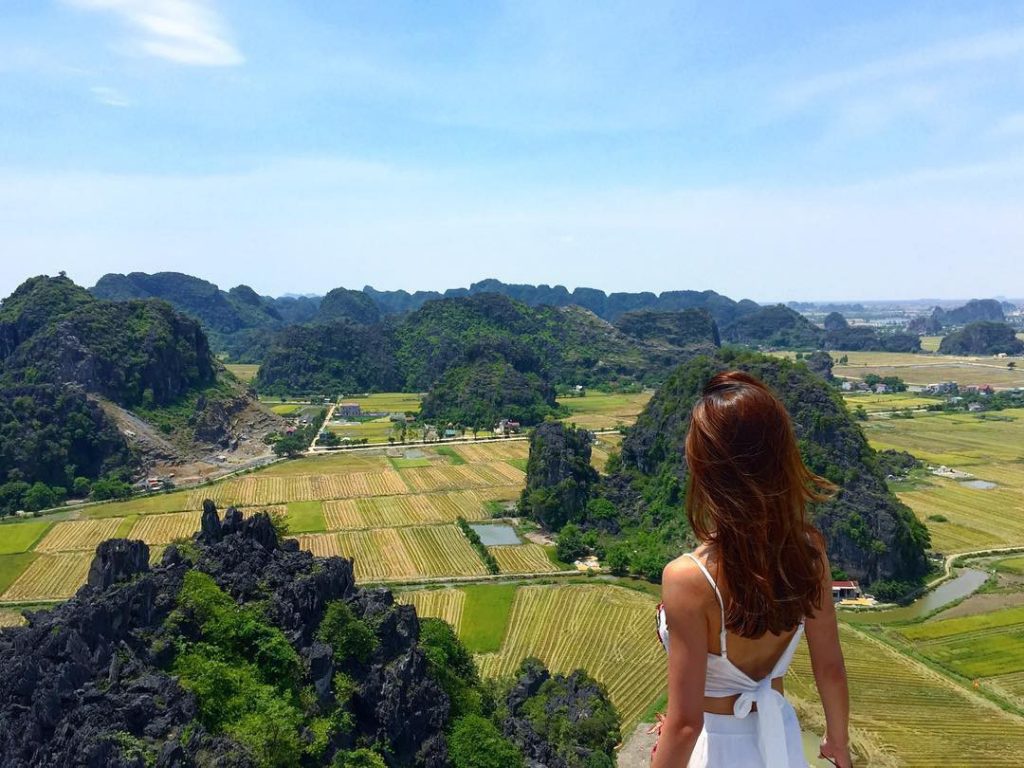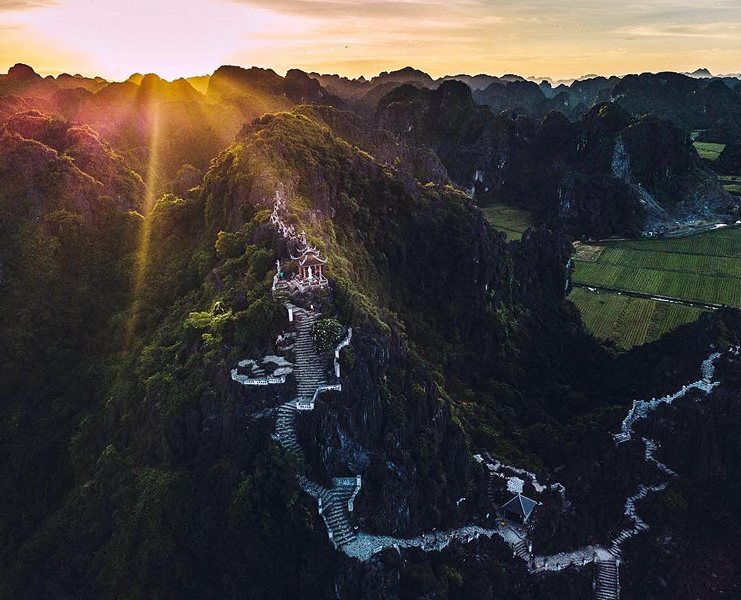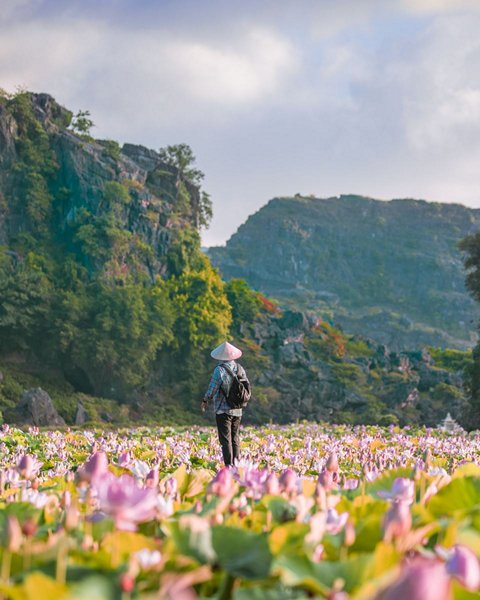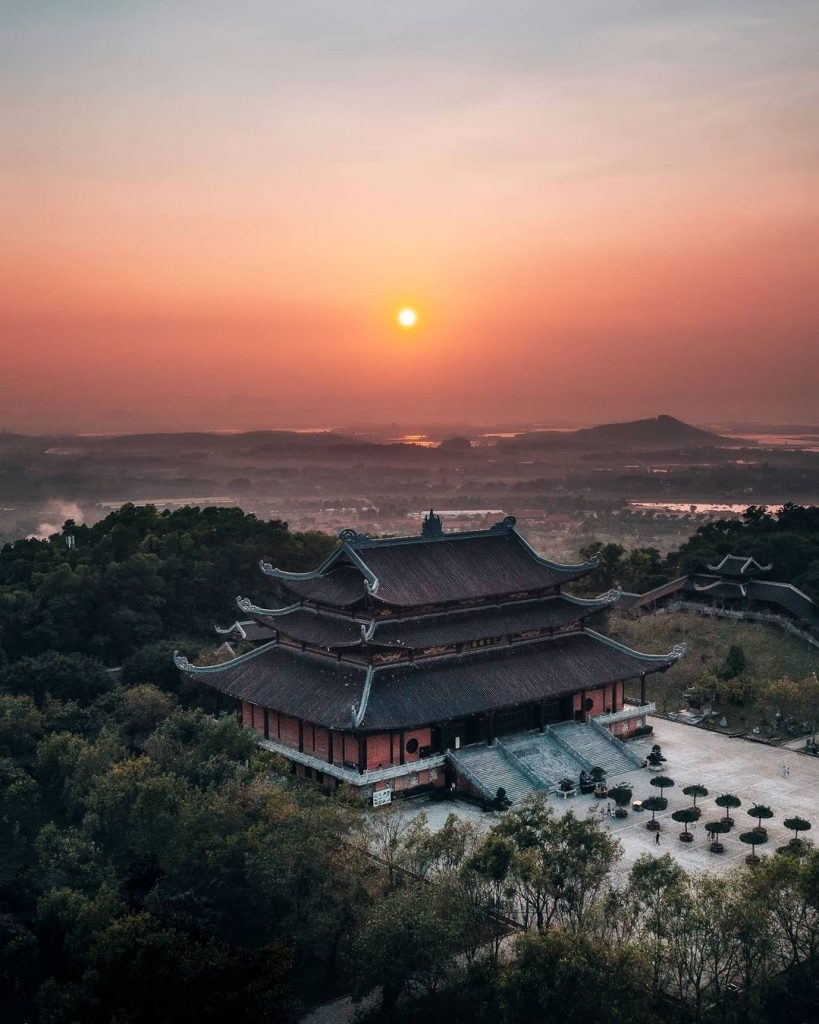Ho Chi Minh City is often referred to as the “city that never sleeps,” a city that comes alive at night, beloved by many young people. And that “night” can be found on the pedestrian street of Bui Vien. Today, let’s follow DanangPrivateCar.com’s lead to see what’s interesting on this sleepless street!
The Origin of the Name Bui Vien Street.
If Hanoi has Ta Hien Street, then Ho Chi Minh City has Bui Vien Street, equally interesting and bustling. According to the history of Bui Vien Street, it got its name due to the dense concentration of foreign tourists from Europe to America who come here for travel and exploration. Consequently, the pedestrian street has a rich diversity of culture, cuisine, and more…

Where is Bui Vien Pedestrian Street? How does it operate?
Bui Vien Pedestrian Street, also known as Bui Vien Western Street, is a 500-meter-long street located along Bui Vien, De Tham, Pham Ngu Lao, and Do Quang Dau streets, all within District 1 of Ho Chi Minh City. It’s a very central location in the city, surrounded by numerous hotels, guesthouses, offices, tourist attractions, markets, and shopping centers.
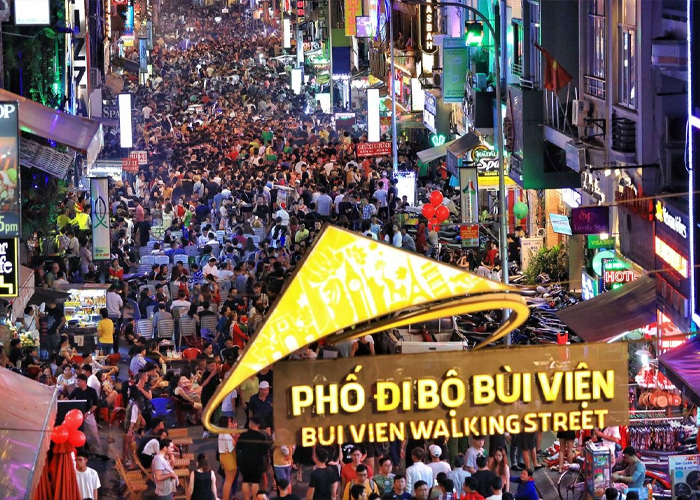
Bui Vien Pedestrian Street is open from 7:00 PM to 2:00 AM on the last two days of the week (Saturday and Sunday) to serve entertainment activities, dining, and street performances for the local Saigonese and domestic and international tourists. On other days, the street is still open, but traffic flows as usual.
When you visit Bui Vien Pedestrian Street, you can enjoy the “Four Free” offerings: Wi-Fi, tourist information support, public restrooms, and “free smiles.” This is one of the strengths of the pedestrian street to attract both domestic and international tourists.
How to get to Bui Vien Street?
Bui Vien Pedestrian Street, also known as Bui Vien Western Street, is located in Pham Ngu Lao Ward, District 1, Ho Chi Minh City. You can choose various modes of transportation to reach this pedestrian street, such as buses, motorcycles, or taxis.
Additionally, for convenient transportation to Bui Vien Street, you can book a private car with a driver in Ho Chi Minh City through DanangPrivateCar.com’s. Using a private car will save you time in finding public transportation, which can be challenging in Vietnam. Moreover, you can explore other destinations if you have extra time. With a team of professional drivers who have basic English language skills, you’ll have a comfortable and safe journey in Ho Chi Minh City.
What’s so attractive about Bui Vien Pedestrian Street?
If you’re an outgoing person who loves vibrancy, socializing, and making new friends, then there’s no better place than Bui Vien Pedestrian Street. Because on the last two days of the week, you’ll find it more lively than ever. This place brings together people of all languages, skin tones, and hairstyles from around the world.
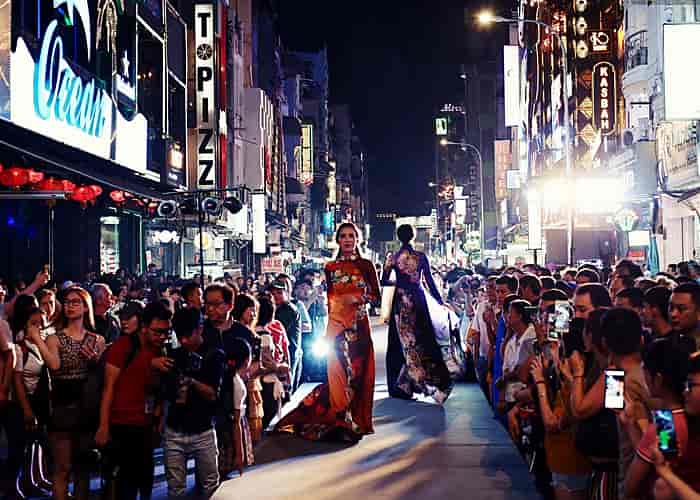
Energetic music blares under the dazzling lights from the bars and pubs lining both sides of the pedestrian street, almost as if it wants to captivate the wandering guests. After a stressful week of work, releasing tension with a Western drink and lively music, you’ll surely rejuvenate your spirit quickly!
Another pedestrian street you shouldn’t miss when in Saigon is Nguyen Hue Pedestrian Street in District 1.
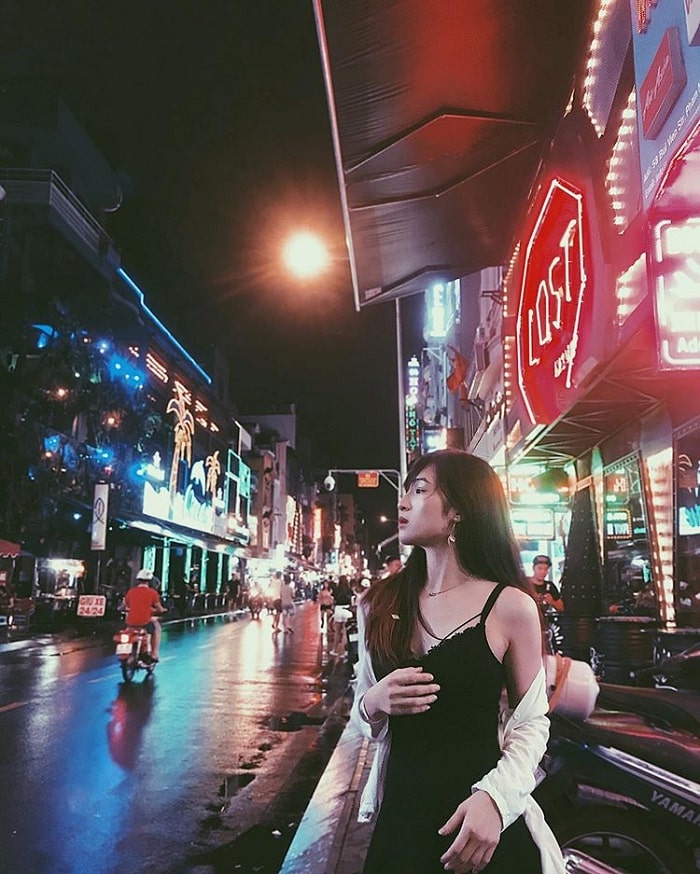
Here, there are many restaurants, cafes, and sidewalk beer joints, perfect places to meet and gather with close friends to experience the atmosphere of Saigon at night. These establishments have bilingual menus in Vietnamese and English, making it easy for tourists to find a suitable spot.
Furthermore, Bui Vien Pedestrian Street also hosts a variety of entertaining and unique activities. For example, artistic performances and street magic tricks that capture the attention of many.
If you are looking for airport transfer services to Tan Son Nhat International Airport, book your private car ride from Tan Son Nhat Airport to Ho Chi Minh City center with DanangPrivateCar.com’s today. With fast and safe services, you can have a timely and cost-effective journey.
Culinary Paradise on Bui Vien Street.
What to Eat on Bui Vien Street?
What makes many people fond of Bui Vien Street is not only the vibrant atmosphere but also the delicious and enticing food.
- Little Bà Sáu Grilled Food Village: With a variety of dishes like grilled meat skewers, seafood, and more, you can indulge in a world of flavors at reasonable prices, ranging from 30,000 to 200,000 VND per dish.
- Bui Vien Snails: The most famous is the snail restaurant located at the end of Bui Vien Street, offering a wide selection of delicious snails, big and small, as well as crabs, clams, and more.
- Street food stalls like squid skewers, snails, and sandwiches with flavors from various regions have added to the liveliness of the street.
- Bui Vien Hot Tofu: Although it’s just a small street vendor, the hot tofu vendor is always crowded with buyers. The soft and sweet hot tofu is loved by tourists and costs only 7,000 VND per bowl.
- Indian Cuisine: Indian dishes are also warmly welcomed on Bui Vien Street.
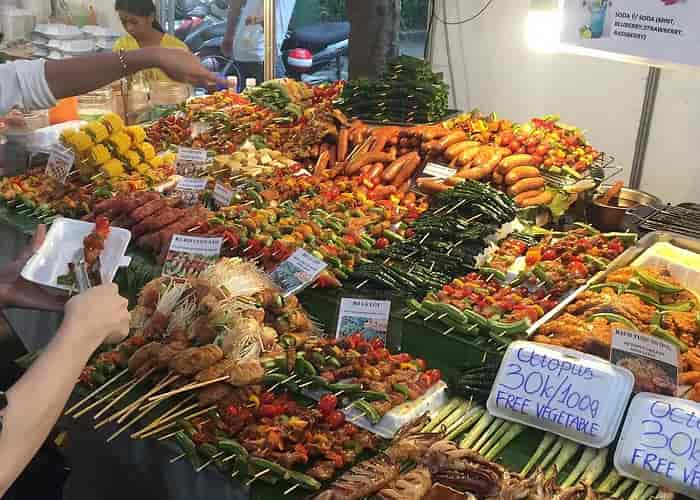
Drinks
- Bui Vien Beer: Being an entertainment hub, Bui Vien Pedestrian Street offers a variety of beers. Enjoying a glass of beer while chatting and sharing with friends or family is a great experience.
- Smoothies: If you don’t prefer alcoholic beverages or are with young children, smoothies are an excellent choice. There are many flavors to choose from, such as avocado, mango, banana, and lemon.
- Cafe Cong: With its vintage-style design and a prime location on the street, Cafe Cộng is sure to captivate many young visitors.
- Cafe Vot: The drinks at Cafe Vợt are a major attraction that draws a large number of tourists every day.
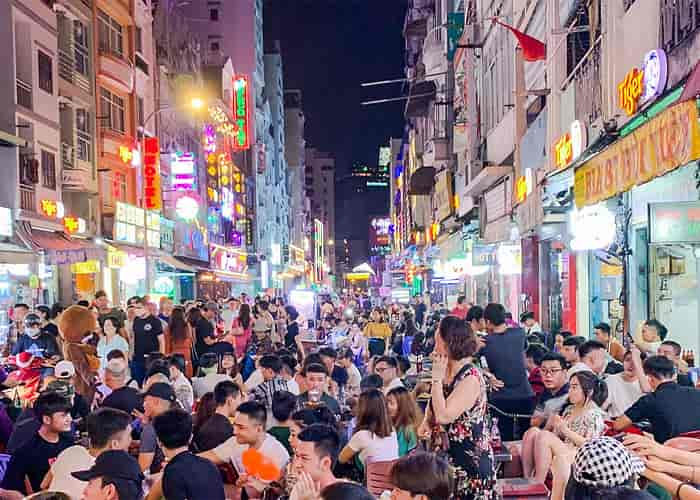
Some Famous Guesthouses/Hostels on Bui Vien Street.
Famous as a street catering to backpackers, the guesthouses/hostels here are small and charming with very affordable prices. Here are a few hostels to mention:
- Bui Vien Hostel: Located at 205/12 Bui Vien Street. The rooms here may be small, but they are clean and ensure security. The friendly and hospitable host receives high ratings on social media platforms.
- Saigon Backpackers Hostel: Addressed at 241/32 Pham Ngu Lao Street. This guesthouse is 800 meters away from the pedestrian street and offers complimentary coffee and bananas in the morning. They have private rooms and dormitories for both men and women.
- Beautiful Saigon Boutique Hostel: In the alley at 40/13-15-17-19-21 Bui Vien Street. This is the only hotel on Bui Vien Street with a swimming pool. The rooms are spacious, airy, and the prices are very reasonable. Consequently, the hotel is almost always fully booked.
Tourist Spots Near Bui Vien Pedestrian Street.
Situated in the city center, getting around between Bui Vien Pedestrian Street and the attractions is very straightforward. With this proximity, tourists can walk, take a taxi, or use Grab services. It’s quick and convenient! Let’s take a look at them:
- Ben Thanh Market: This iconic market is within walking distance from Bui Vien Street. It’s a bustling place to shop for souvenirs, local products, and street food.

- War Remnants Museum: Located not far from Bui Vien, this museum provides a poignant look at the Vietnam War through photographs, artifacts, and exhibits.
- Independence Palace (Reunification Palace): A short drive away, this historic building was once the presidential palace and played a significant role in Vietnam’s history.
- Notre-Dame Cathedral Basilica of Saigon: Situated in District 1, this beautiful Catholic cathedral is a striking example of French colonial architecture.
- Central Post Office: Adjacent to the Notre-Dame Cathedral, this grand post office is another architectural gem from the colonial era.
- Saigon Opera House: A short distance away, you can enjoy a cultural evening with performances ranging from classical music to contemporary dance.
You can check out an article about Nguyen Hue Pedestrian Street here, which is also a famous pedestrian street in Saigon: “Nguyen Hue Pedestrian Street Saigon – a paradise of activities.”
Tips for Exploring Bui Vien Western Street.
If you’re still wondering about the opening hours of Bui Vien Western Street, then follow the information below to enjoy your visit without worrying about the time. On the last two days of the week, the atmosphere at Bui Vien Western Street is livelier and more vibrant than ever. Like many other pedestrian streets, Bui Vien Street starts its activities from 7:00 PM until 2:00 AM the next morning. Traffic is prohibited, and authorities set up signs prohibiting vehicles at the intersections of De Tham – Bui Vien and Bui Vien – Do Quang Dau.
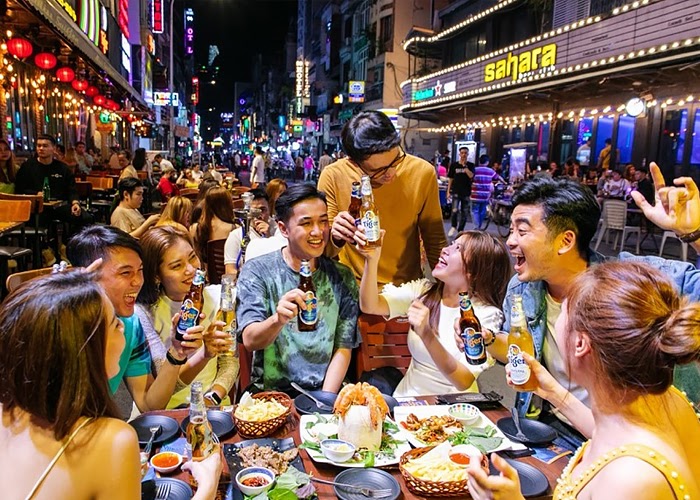
Furthermore, when exploring the Bui Vien Western Street area, take the time to enjoy cultural exchange performances such as water puppetry and traditional music to gain a deeper understanding of our culture.
Bui Vien Western Street is a destination you should visit at least once to truly experience the bustling and vibrant atmosphere of Saigon. It promises to be a place where you can relieve the everyday fatigue and worries of life. After reading DanangPrivateCar.com’s review of Bui Vien Pedestrian Street, do you find this street appealing? Please share your thoughts in the comments section below!

